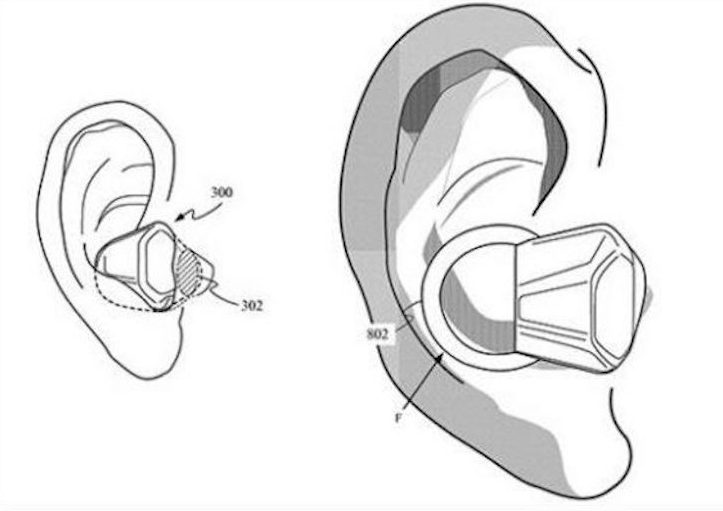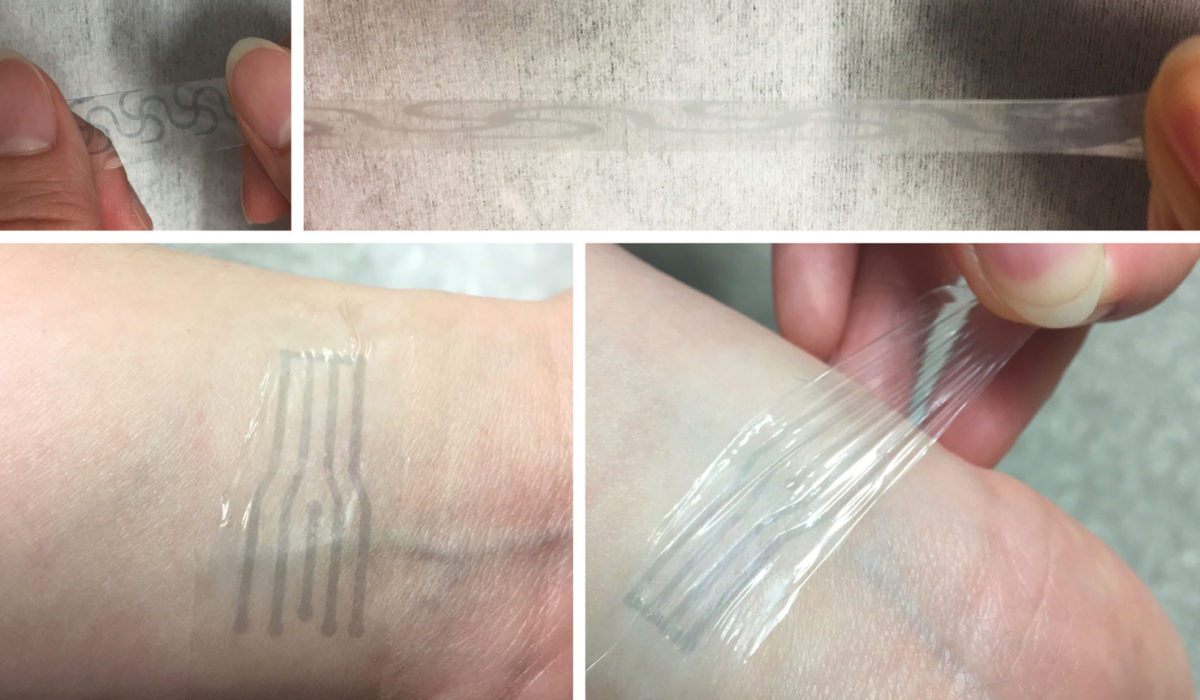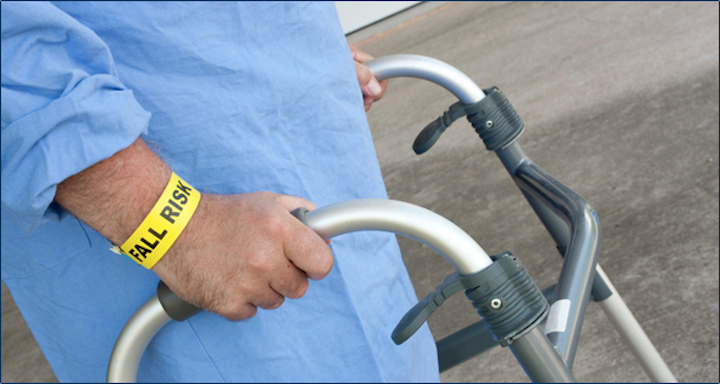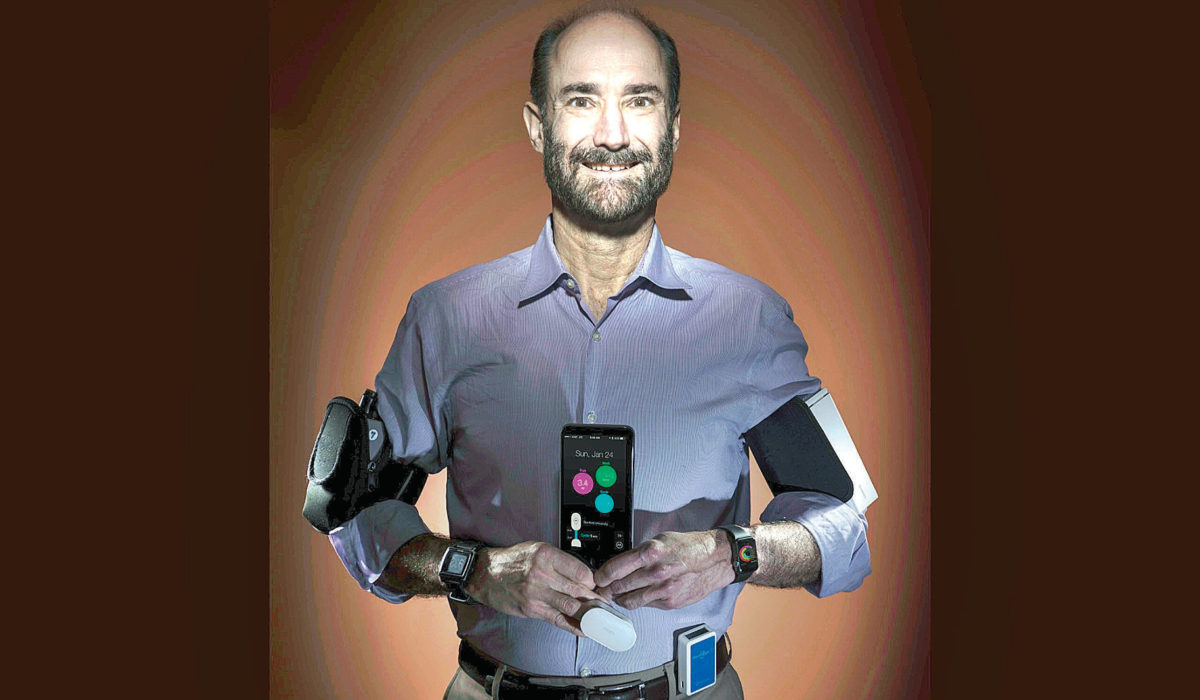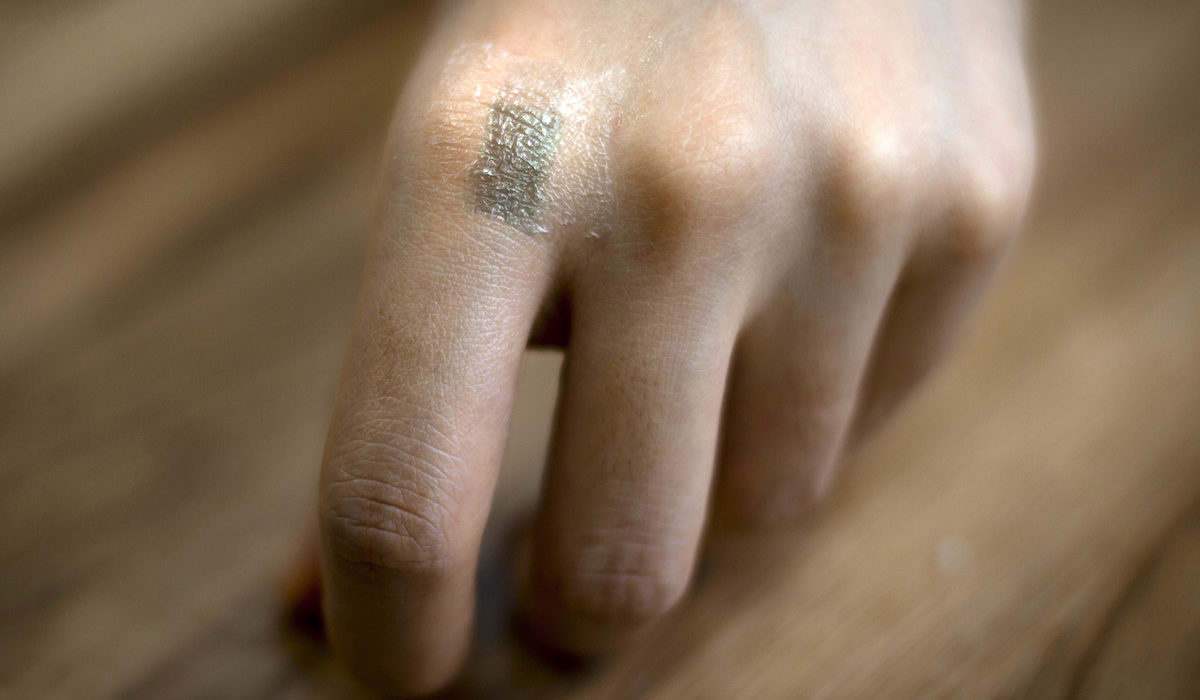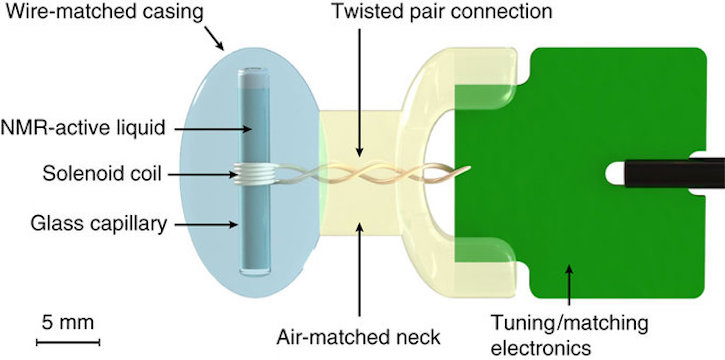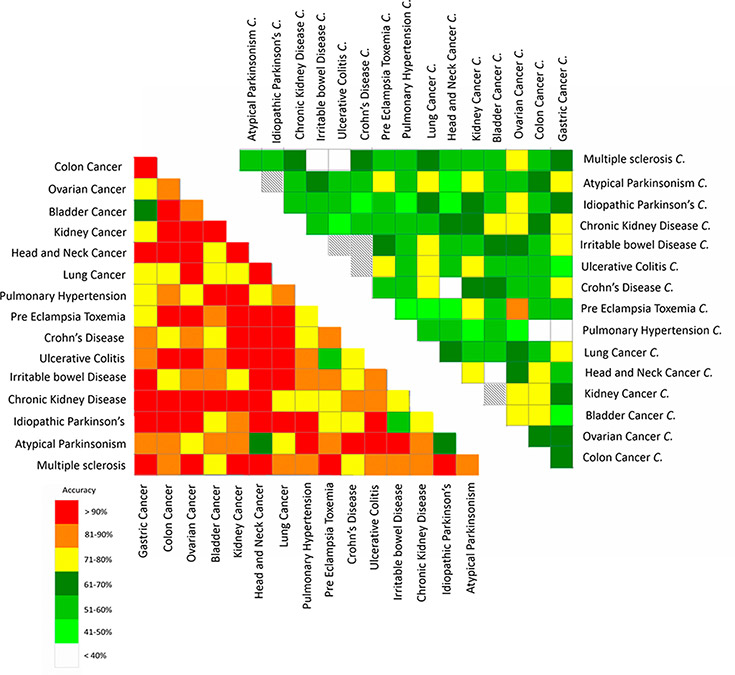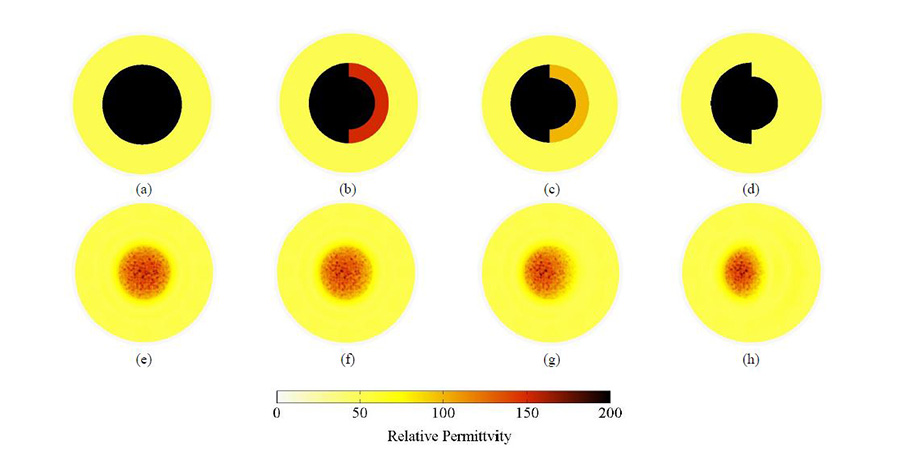Apple has filed patent applications describing wireless earbuds that monitor health while a wearer talks on the phone or listens to music. This has obvious exercise-related implications, but could potentially track the physiological impact...
curated by ApplySci
Sensors
Soft, flexible “skin-like” electrodes could improve brain interfaces
Stanford professor Zhenan Bao‘s latest flexible electronic initiative is the development of a plastic electrode that stretches like rubber but carries electricity like wires. This could be improve implanted brain interfaces which require soft and highly sensitive...
Thin, flexible, insulated sensor could monitor the heart for 70 years
Northwestern’s John Rogers has developed a sensor that can monitor electrical activity irregularities in the heart for 70 years. The sensor is much safer and more refined than current technology, which degrades easily, and can harm...
Sensors inform skilled nursing care
IBM has partnered with Avamere skilled nursing facilities to sudy the use of cognitive computing to improve caregiver knowledge and actions. By embedding sensors that gather physical and environmental data in senior living facilities, Avamere hopes to...
Sensor, data, and AI-driven primary care
Forward has brought advanced technology to well-care. Patient/Members are integrated into the practice with a baseline screening via body scans, blood and genetic tests. They are then given consumer and medical wearables, which work with...
Wearable sensors predict illness
Stanford’s Michael Snyder has published the results of a health wearable study, in which 2 billion measurements were taken from 60 subjects, concluding that such devices can be used to predict illness. Continuous biosensor data, plus blood...
Ultra-stretchable transistor for discreet, continuous health monitoring
Stanford professor Zhenan Bao‘s latest bioelectronic innovation has disrupted wearable technology as we know it. The ultra-flexible transistor can be stretched to twice its length, without losing conductivity. Conductors are confined inside an extremely thin,...
Sensor dramatically improves MRI resolution
ETH professor Klaas Prussmann has developed technology to improve MRI accuracy by detecting tiny changes in magnetic fields. An MRI’s strong magnetic field, which makes it difficult for sensors to detect up small details. Prussmann’s integrated...
Noninvasive nanosystem detects disease in breath
Technion professor Hossam Haick has developed a nanosystem that can identify the breath signatures of many diseases, including kidney failure, lung cancer, Crohn’s disease, MS, prostate and ovarian cancer. Each compound’s relative abundance in a person’s breath is...
Prosthesis-integrated sensor detects infections early
Infections in prostheses, for amputees, and in joint replacements, are common, often found too late, and can necessitate additional surgeries or worse complications. Current detection methods include MRI, CT, and X-ray. Ken Loh and UCSD...
